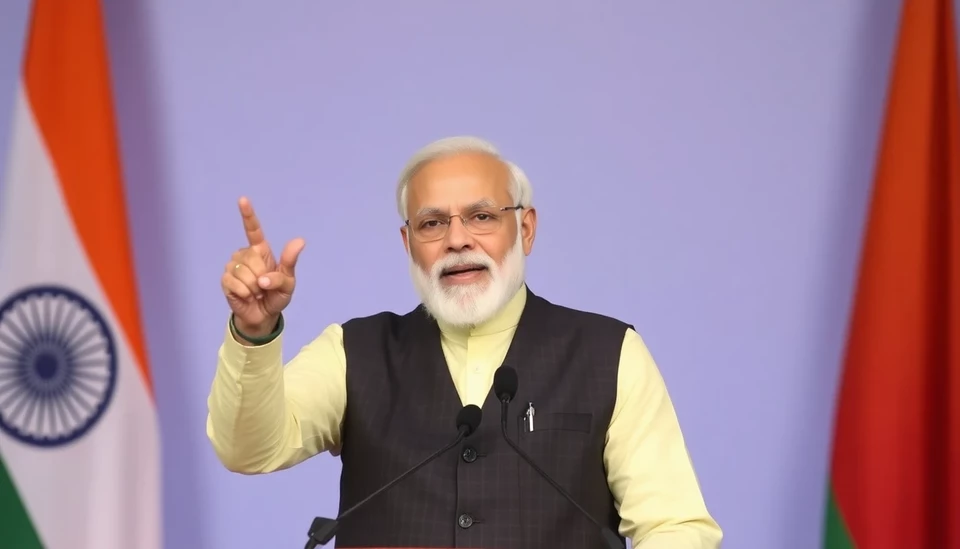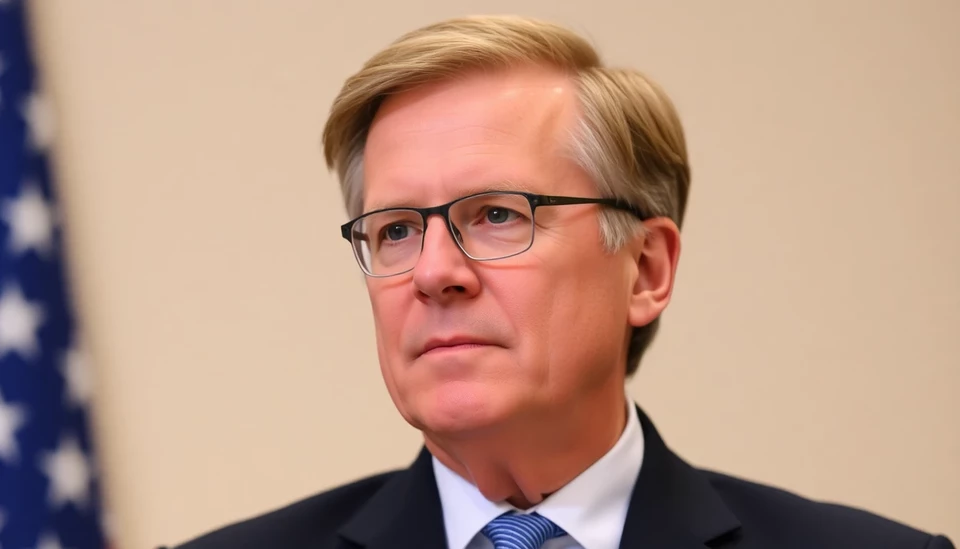
In a significant move reflecting the Modi administration's economic strategies, the Indian government has unveiled its first full budget for the current term, aiming to bolster growth and fortify the nation’s economic landscape. Prime Minister Narendra Modi's budget has generated a flurry of discussions around the beneficiaries and the sectors that might face challenges as a result of the proposed allocations. Analysts and experts are delving into the implications for various stakeholders, including industries, entrepreneurs, and the general populace.
The budget emphasizes several key areas, notably focusing on infrastructure, technology, and green energy initiatives. In a bid to catalyze economic recovery after the disruptions caused by the pandemic, the government is making substantial investments to revamp infrastructure. This signals an intention to attract both domestic and foreign investments, which could potentially generate jobs and stimulate economic activities across various sectors.
Moreover, the budget outlines aggressive funding for the technology sector, with an eye toward digital transformation and innovation. By encouraging startups and technological advancements, the government aims to position India as a global hub for technology, thereby enhancing its competitive edge in the international market.
However, the budget is not without its critics. Some analysts argue that certain sectors may be inadvertently sidelined, particularly those that rely heavily on traditional industries. Smaller enterprises and sectors that need more immediate support, such as agriculture and small-scale manufacturing, are raising concerns about adequate focus and funding. The disparity in resource allocation could lead to a widening gap between industries, benefiting larger corporations while leaving smaller players struggling to survive.
On the social front, the budget has outlined several welfare schemes aimed at improving living standards, including enhancements in health care and education. Supporters argue that this is a necessary step toward poverty alleviation and improving the overall quality of life for citizens, while critics point out that implementation remains the critical factor in translating budgetary allocations into tangible benefits.
As the reactions from various stakeholders pour in, it's clear that Modi’s first full budget in this third term will continue to stir debate about its long-term implications. The coming months will reveal whether these policies effectively stimulate growth and address the pressing needs of the population or if they merely pave the way for economic disparity.
Overall, the landscape remains complex, with winners and losers emerging as the details of this budget begin to unfold in practice. Tracking these developments will be essential for understanding the broader economic trajectory of India under Modi’s leadership.
#ModiBudget2025 #IndianEconomy #InfrastructureInvestment #TechnologyGrowth #EconomicRecovery #WelfareSchemes #BudgetAnalysis
Author: Rachel Greene




